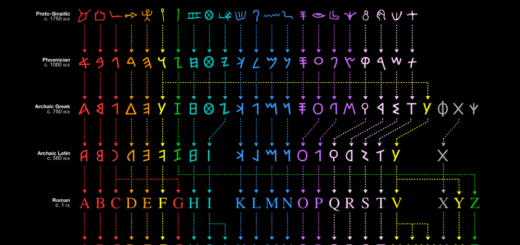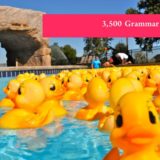How We Learn Words and Their Meaning
Here is an overview of how we learn to understand what words mean and how the All English program uses this process to accelerate your English learning.

When we acquire a language as infants, we do so by hearing sounds in context. For example, when a mother comes over to her child she says “hello” and she repeats the word many times. The child hears the same sound as he sees the mother greeting others. He hears others doing the same thing as they meet. The child begins to associate the sound “hello” as a sound you make when meeting people. There’s an association between the sound and the concept of greeting.
Structured vocabulary building
It’s a highly effective method and one that is used in the All English instruction, but with an important difference. Normal language acquisition is random. For example, the child hears the word “hello” randomly in various settings over a long period of time. There is no conscious effort to make the association between sound and concept.
With the All English Hyper-Immersion process there a conscious focus of associating the sound within a variety of similar contexts. For example, you’ll see a large number of images and videos in quick succession, showing people walking in various contexts while the narrator uses the verb “to walk” in its many forms (walks, walking, walks, walked) as well in the context of a sentence. There is a very association of the word with the concept that happens quickly and that is reinforced repeatedly.
The vocabulary we teach often includes related words or opposing words to better reinforce the word concept or association. For example, “sit” and “stand” are in the same vocabulary set.
Natural language
It’s important to note that the narrator speaks in a natural voice at a normal speed. The pronunciation of the words in not broken down and is not unnaturally slow. It’s important that you are able to understand the language in the way they are going to hear it. So we want to teach the you natural English, that is, teach you the English language in a way they are going to encounter it in natural everyday environments, not in the classroom.
Repeat out loud
To facilitate the acquisition of vocabulary you should actively repeat the word, phrase or sentence after the narrator. Communication involves both understanding what someone is saying and also expressing what you want to say . This involves both listening and speaking skills. In natural language acquisition, we listen first before we learn to speak. This is the same process used in the All English videos, but the process is accelerated. So you should always say the word out loud immediately after hearing it.
Speaking reflexes
You won’t have much time to respond. We don’t want you to think too much about what you are doing. We want to train or condition an immediate response. It doesn’t matter if the pronunciation is perfect. Pronunciation can be improved over time with an experienced teacher. It’s important to simply respond quickly so that your speech becomes a reflex. You begin to respond automatically instead of having to think about what you are going to say, just like a native speaker.
Powerful engagement means better retention
Beyond repetition, there is another important interactive element to the videos. After you repeat the word a number of times, we ask you questions that force recall of the vocabulary. This engages your mind on a much higher cognitive level and really accelerates the assimilation of the words and their meaning. With this added element, we are training both reflexive skills and cognitive skills.
The questions are for the most part simple choice questions with a visual image to support the correct response. For example, an image of a foot will be accompanied by the question, “Is this a foot or a hand?” Higher level thinking exercises are done in live online classes where teachers can guide you and challenge you based on your language level. For example, a teacher will ask questions that require different types of processing by your brain like, “What part of the body is this?” or “Is this this a big foot or a little foot?” or “What are these feet doing?”
Not your usual English instruction
To goal is not that you understand every word of every phrase or sentence. The approach is different than typical formal language teaching systems and may be unsettling to those students who are used to detailed linguistic analysis. This is not academic learning. This is the way we naturally learn. It is a practical “in the trenches” approach designed to get you to use the language as quickly as possible in real world situations.
We haven’t forgotten about writing
The goal of All English is to help you understand and speak English. This is the most fundamental level of communication. In natural language development a child only learns to read and write after they have developed speaking proficiency. Writing skills are much more difficult to master. However, the written words and phrases typically appear with our instruction. This is done for a couple reasons. Firstly, many teachers use the All English videos in the context of a more formal training system where writing is emphasized, so the written words and phrases help reinforce the written work teachers do in class. Secondly, the words appear along with images for self-directed learners who have a certain level of mastery over oral communication and who want to supplement their study by exploring written English.













